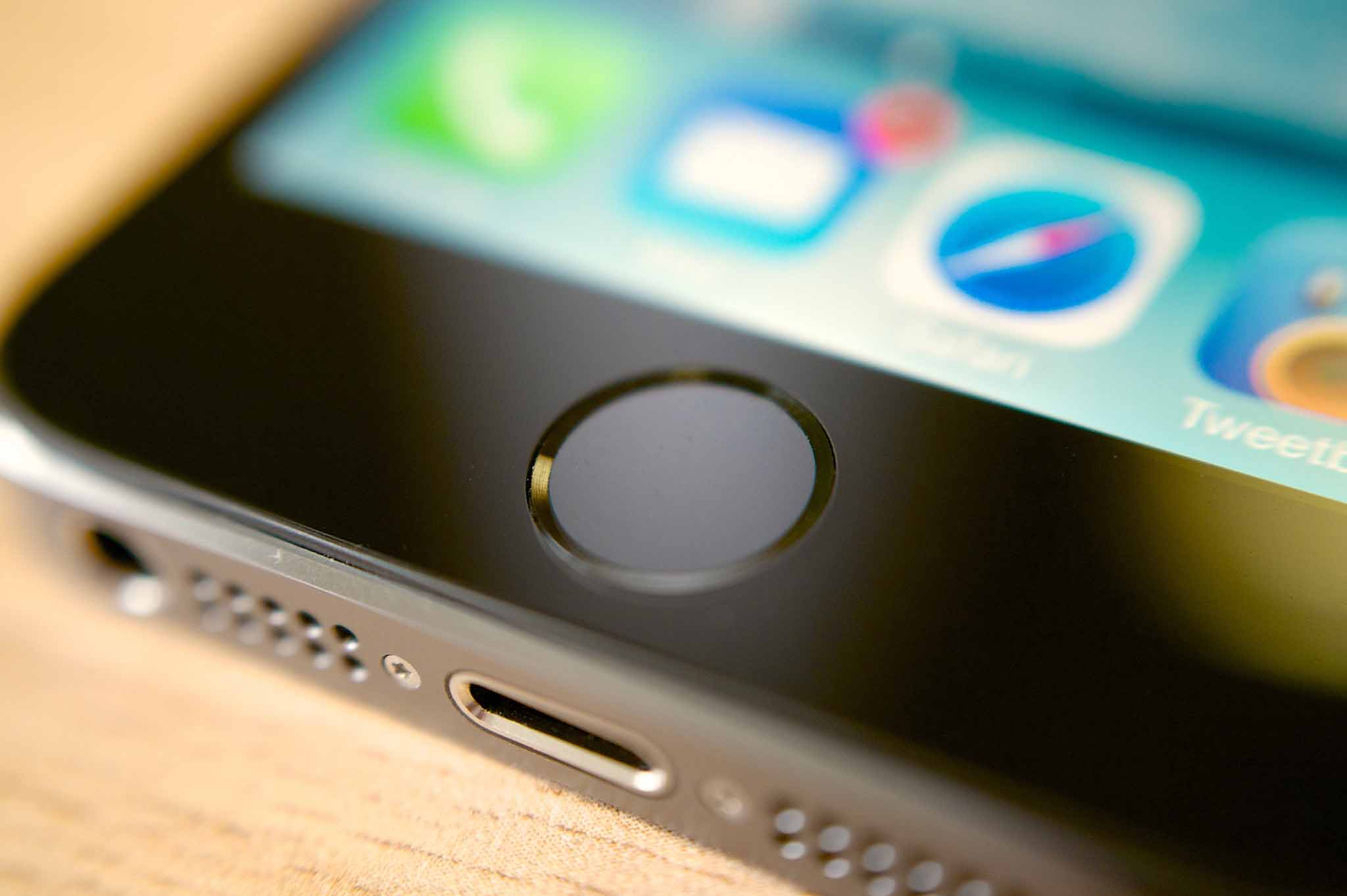
Sure there are many inconveniences that come with fingerprint scanners. Let’s start with the fact that it is impossible to change your fingerprint, because unlike a password, your fingerprint is unique and always the same. Why is that inconvenient? Well, if we take into account that our fingerprints are printed everything we touch, we can imagine that this could be a huge security threat in the near future once the correct technologies are developed.
Scientists have recently discovered that a high quality photograph is sufficient enough to reproduce a fingerprint. By using a chain of steps and techniques, and molding different materials, they demonstrated how they were able to replicate a fingerprint and use it later to impersonate the person. But this is not a bad thing.
A high quality photograph is sufficient enough to reproduce a fingerprint, using various techniques and molding different materials.
Professor Anil Jain, expert in biometrics from Michigan State University, was in luck when the authorities asked him to help solve a murder. To do this, they took the victims mobile, a Samsung Galaxy S6 that was blocked with a fingerprint password, hoping that entering the victim’s phone would give them some answers as to what happened.
After working on the phone for various weeks, the experts succeeded. After several attempts, Jain and his team were able to obtain the victim’s fingerprint by using a computer program that they developed themselves and then they printed precise representations on conductive paper (human fingers conduct electricity—so they made the copy do the same), and then attempted to use it on the Galaxy’s scanner.
It worked. On the one hand, investigators are satisfied after helping the authorities, but on the other side, this is a warning to photo device manufacturers. “Hopefully the phone companies are watching this and they will make fingerprint devices more robust against such simple attacks,” Jain said. “Unless you first show the weakness, you cannot strengthen it.”